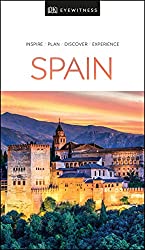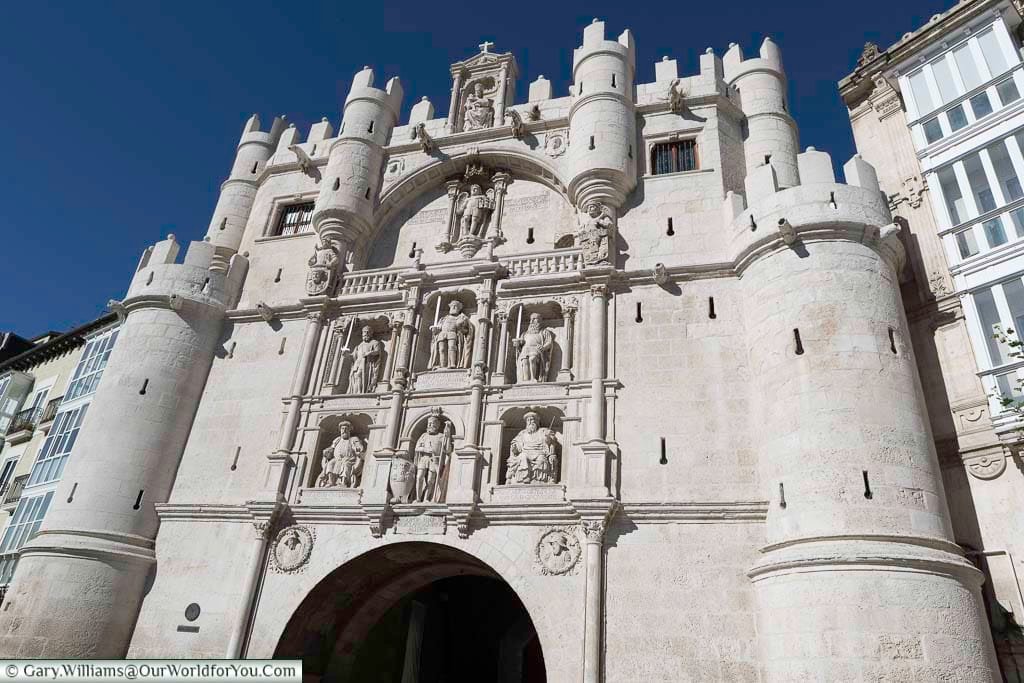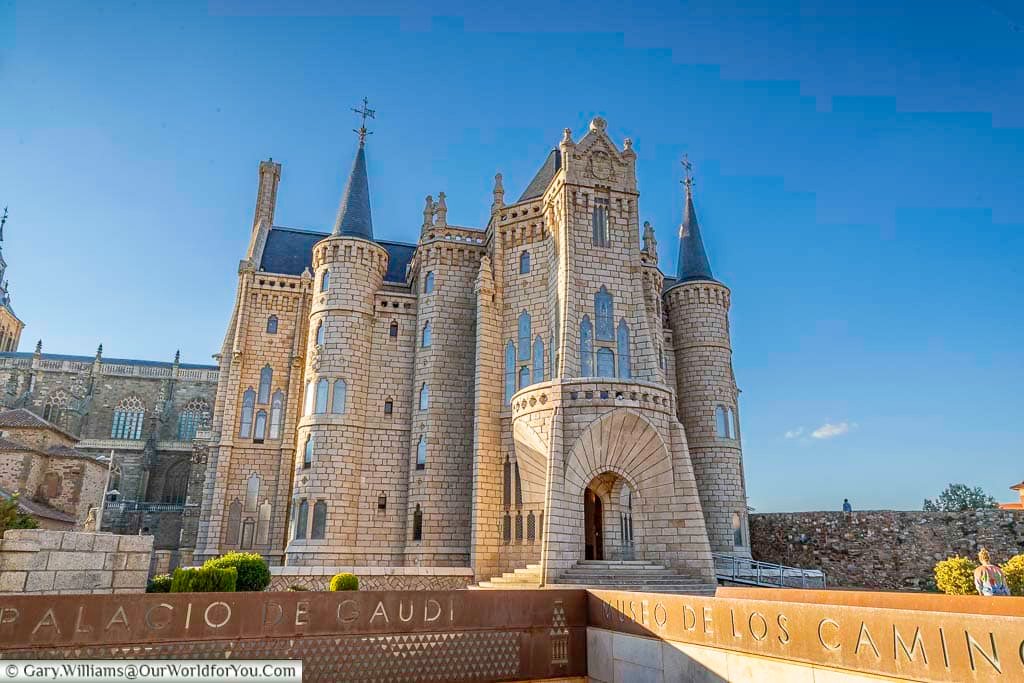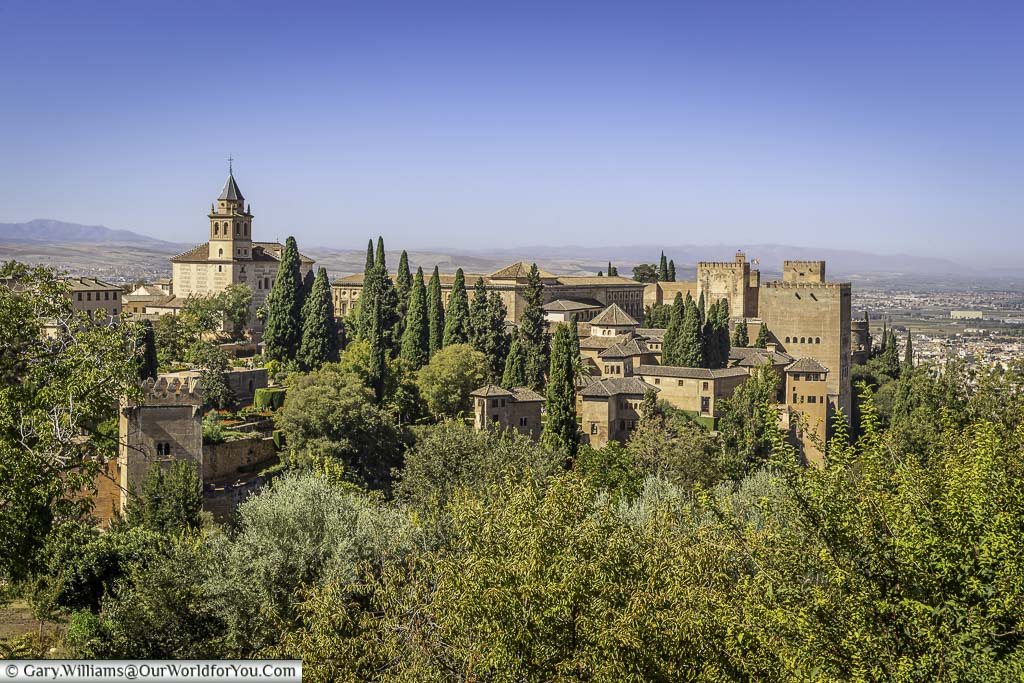Under the watchful eye of The Indalo
We’re now exploring the picturesque hilltop village of Mojácar in the southeast of Spain, nestled along the Mediterranean shoreline. Mojácar Playa is perfect for an Andalucian sun-kissed getaway with golden beaches and shimmering blue seas.
We were visiting Mojácar as part of our Spanish road trip. So far, our chosen route has taken us south through the back roads of Spain from Bilbao, where we disembarked our Brittany Ferry.
Gary and I then headed to Pamplona, Zaragoza, Teruel, the Palm Tree Groves of Elche, Murcia, and Cartagena. We’re now off to Mojácar to stay with my brother and sister-in-law for a few nights.
After we’ve soaked up the rays in Mojácar, we hit the road again and explore Granada before journeying back north to Toledo, Valladolid, Astorga, and Burgos.
Did you catch our inspiration for this Spanish road trip?
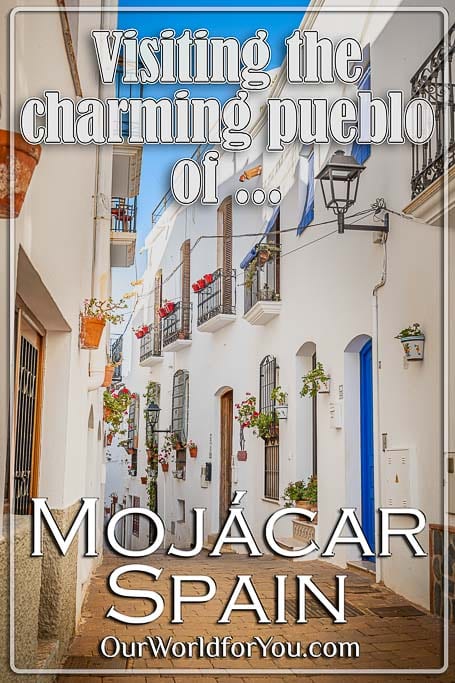
Where is Mojácar?
How to get to Mojácar
- By Air
Start creating your own Spanish adventure and discover the delightful mountain village of Mojácar, which is around 85km (54 miles) from Almería airport.
Search for your flights in one easy place with ebookers.com. Over 400 airlines are scanned for your favoured routes and chosen dates.
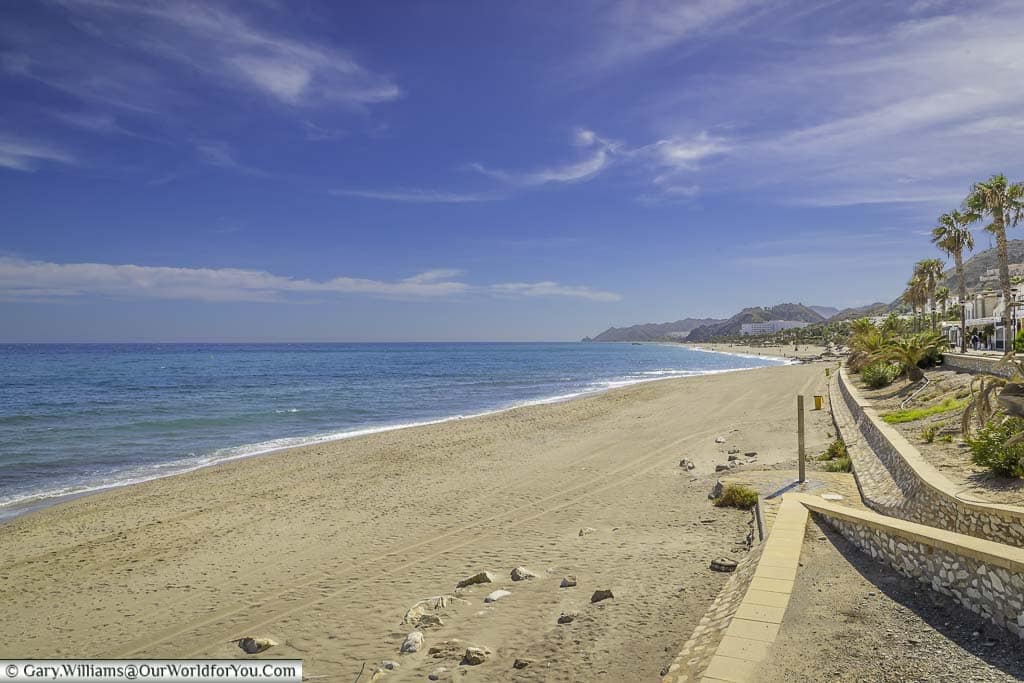
Where to stay in Mojácar
Treat yourself to a stay at the hotel Parador de Mojácar. The Parador de Mojácar is perfectly positioned overlooking the Mediterranean Sea with a sun-kissed terrace and palm trees surrounding the enticing pool.
The Parador de Mojácar is modern throughout and has a stylish interior. It has two restaurants and a wellness and fitness centre on-site.
Alternatively, pop your dates in the Booking.com search box and discover further options for all budgets.
Brief history of Mojácar
A proud and rich legacyThe attractive hilltop pueblo of Mojácar is situated in the southeast of Spain in the province of Almería along the shores of the Mediterranean coast.
Mojácar has been occupied by various rulers over many centuries, and its heritage can be traced back thousands of years. Similar to Cartagena, which is further up the shoreline, it was once occupied by the Carthaginians.
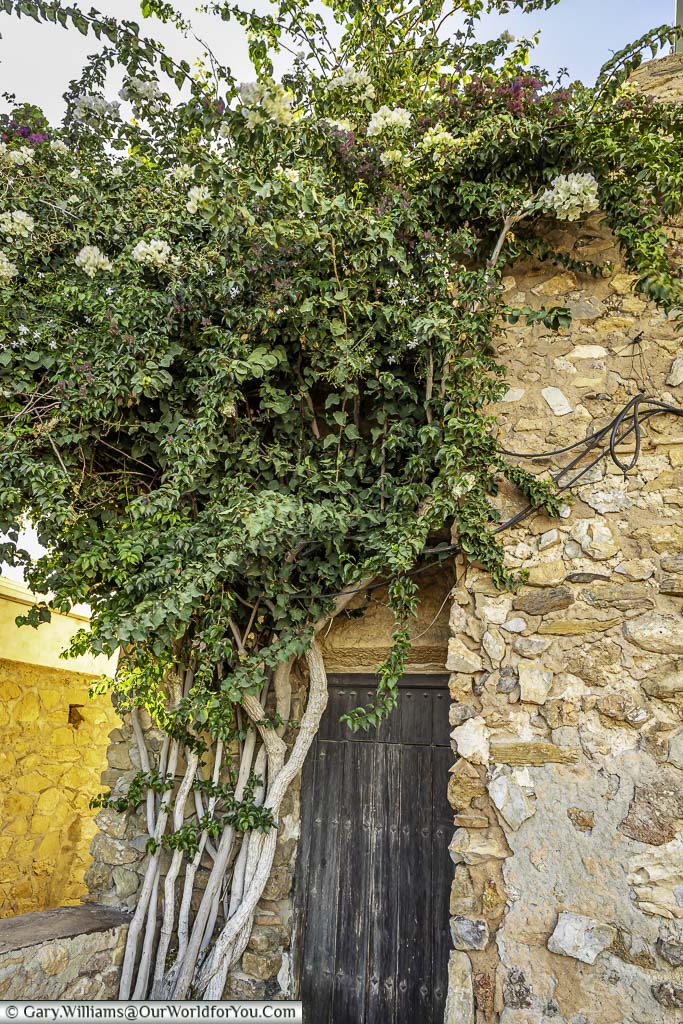
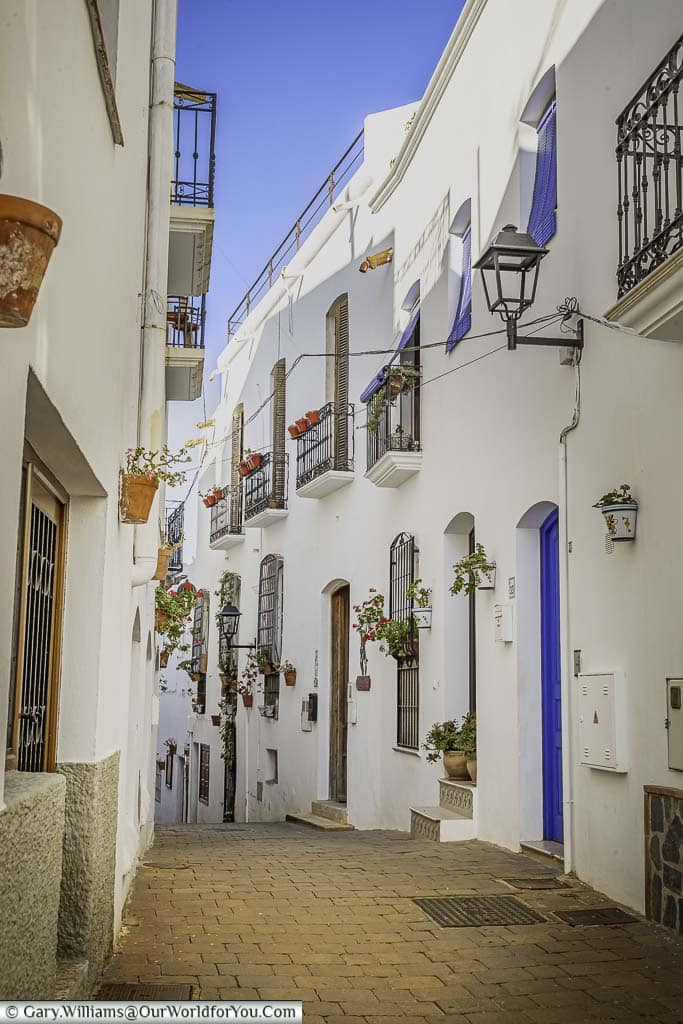
Whilst under Greek rule, the community was named Murgis-Akra; the name was subsequently Latinized to “Moxacar”, meaning sacred mountain. The name was then adapted to the Arab form of Muxacra Moros and, finally, the current name of Mojácar.
The Romans began to conquer this region at the end of the 3rd century BC. Then, the Barbarians took control during the 5th century. However, it was at the beginning of the 8th century that the Moors arrived, and their strong influences on the longstanding Muslim rule can still be admired today.
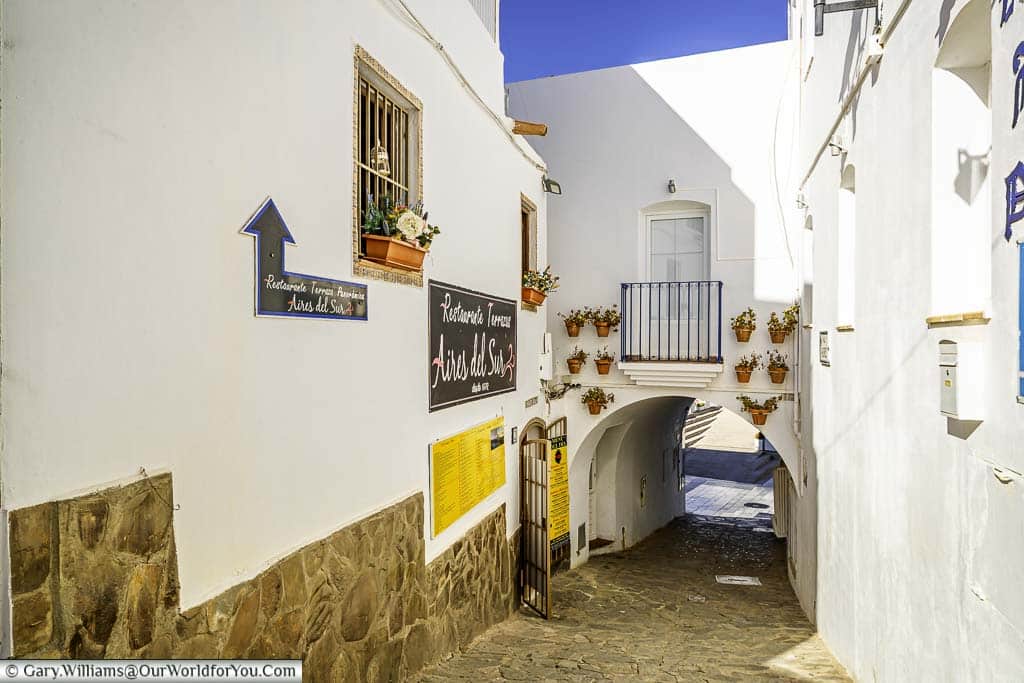
On the 10th of June 1488, Mojácar was handed over to Christian rule under the Kingdom of Castille. However, the Mayor of Mojácar didn’t take it lightly. All the other mayors of the region surrendered to the Catholic Monarchs; however, the Mayor of Mojácar, Alávez, took exception believing they should be treated as brothers and not enemies.
A festival to celebrate the Moors and Christians is held annually in Mojácar on the weekend closest to the 10th of June.
Stay informed
The Mysteries of The Indalo
The legend remainsThe enchanting Mojácar Indalo symbol, which appears in all shapes and sizes, can be seen throughout Mojácar Old Town and Mojácar Playa. It represents a higher power, protects people and places from danger, and brings good luck.
The mystery of the Indalo remains as various mythological stories unfold from the Neolithic period to Almeria’s cultural movement in the 1950s.
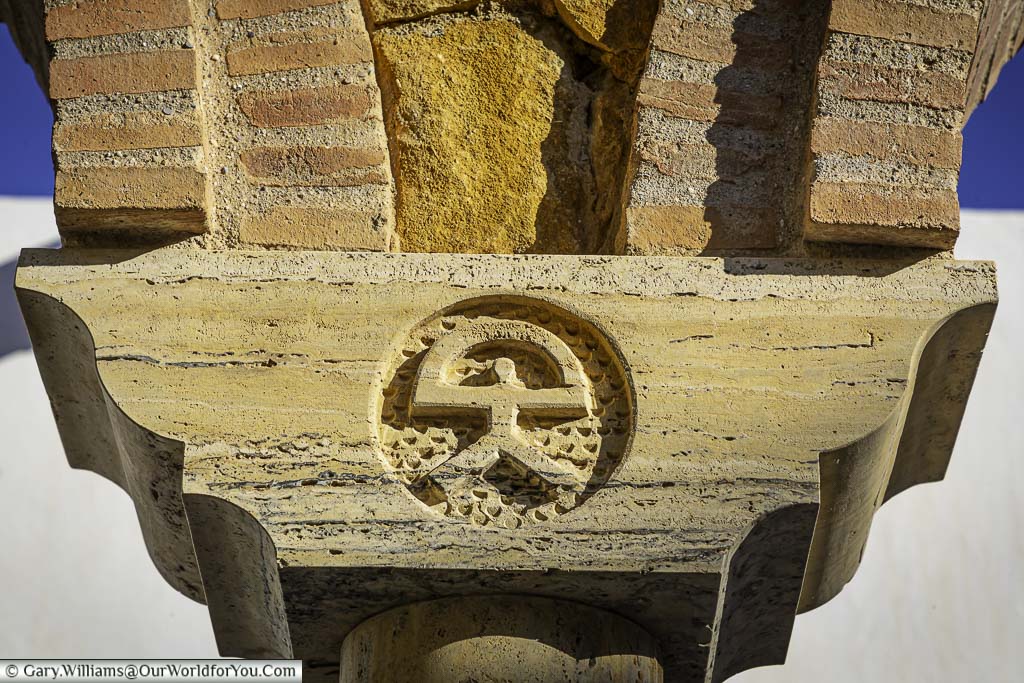
The Indalo is also interpreted as an ancient hunter supporting a rainbow between his outstretched arms. In the past, the Indalo was painted onto the front of houses in the belief that it warned off evil spirits and safeguarded those within.
Today, there is a tradition that you shouldn’t purchase one for yourself; it should always be offered as a gift. So, as a welcoming gift, my brother and sister-in-law bought us one from Mojácar Old Town.
There are so many incredible places to discover in Spain and I love planning road trips. I often use the DK Eyewitness books, I find them extremely informative, easy to follow and the pictures and maps tempt you into searching for more.
We used a previous version of this book to plan our Spanish road trips, now you can grab the revised copy.
Strolling the hilltop pueblo of Mojácar
Discover the Moorish influences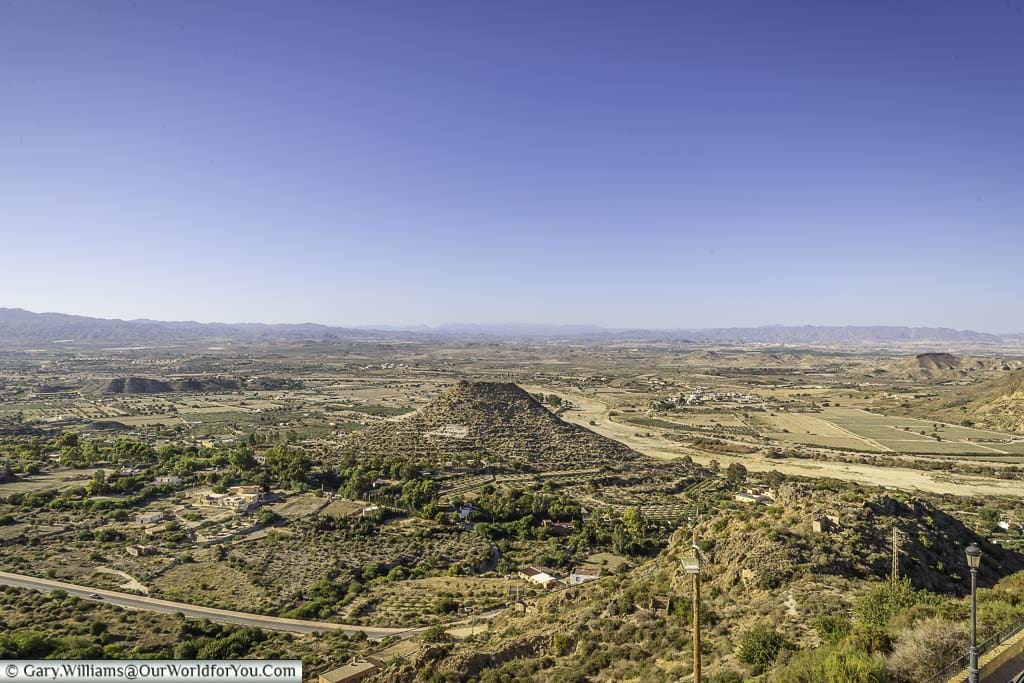
We jumped on the local bus from Mojácar Playa and weaved our way up through the streets to the hilltop pueblo above. Hopping out at the Mirador de la Plaza Nueva base, we are welcomed by the open Andalucian landscape on one side and the intimate steep lanes of Mojácar Old Town above.
As we wend our way through the labyrinth of lanes, you feel like each turn holds an ancient Moorish tale amongst its historic cobbled pathways.
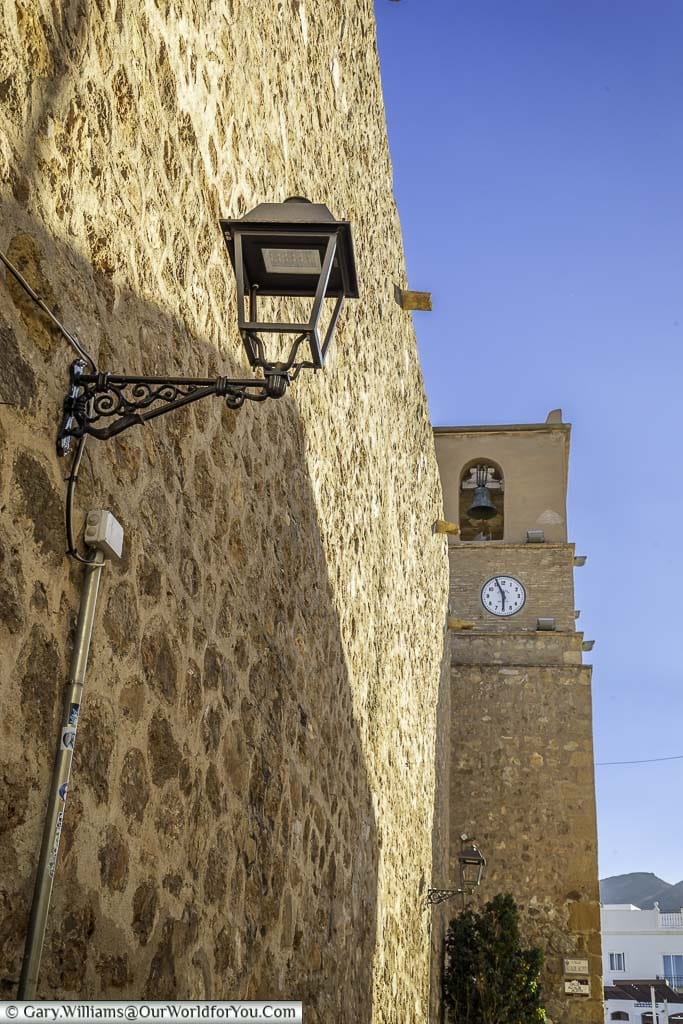
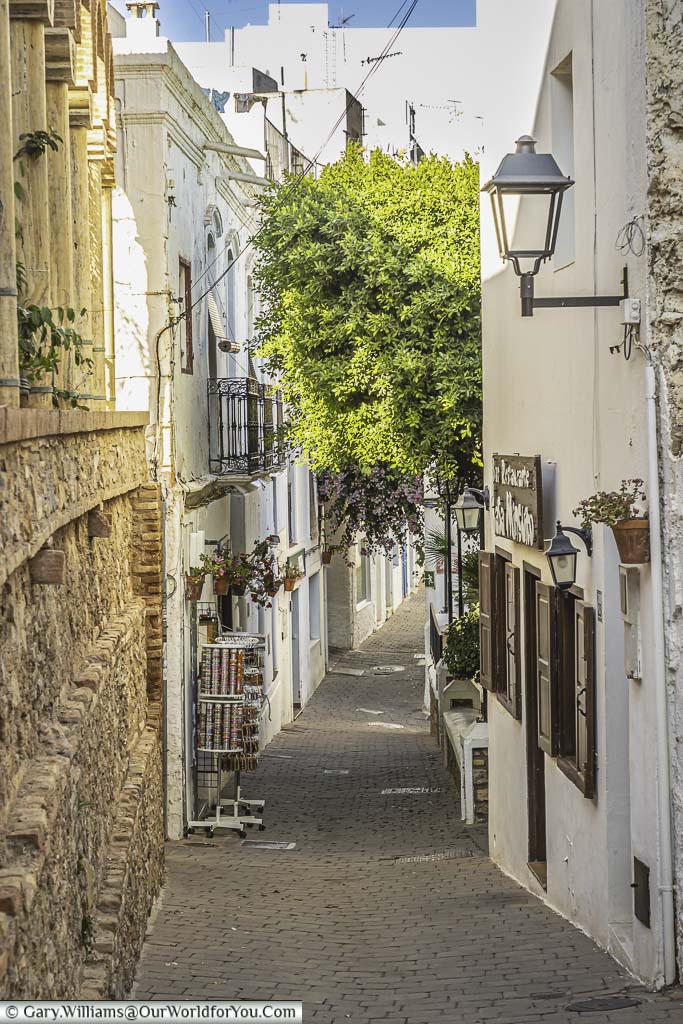
One significant building in the pueblo, which is quite distinctive as it isn’t white, is the Church of Santa Maria. The church was erected towards the end of the 16th century, it served a dual purpose as a place of worship and a defensive fortification.
The church is believed to have been built on the site of an old Arab mosque and represents a pivotal point between the Muslims and Christians of Mojácar.
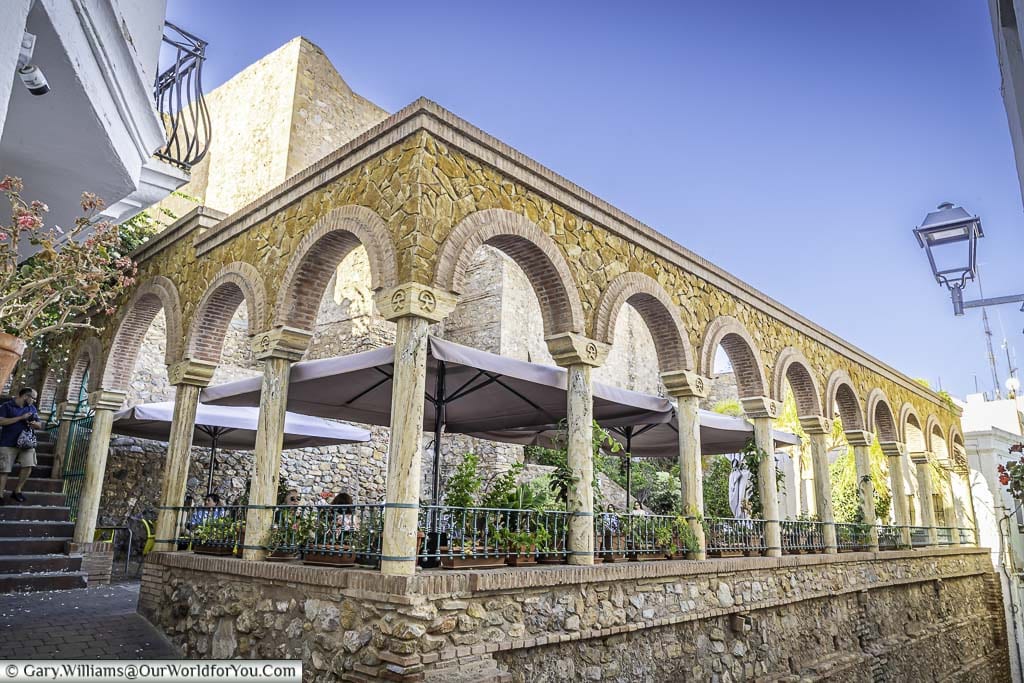
At the steeped lower side of the church is a beautiful square, the Plaza del Parterre. The Church of Santa Maria and the plaza are connected by a stone staircase within the church.
The Plaza del Parterre is a former ancient Arab necropolis where the tombs look towards Mecca. Today, the porticoed plaza is a pleasant place to sit and escape the Andalucian sunshine.
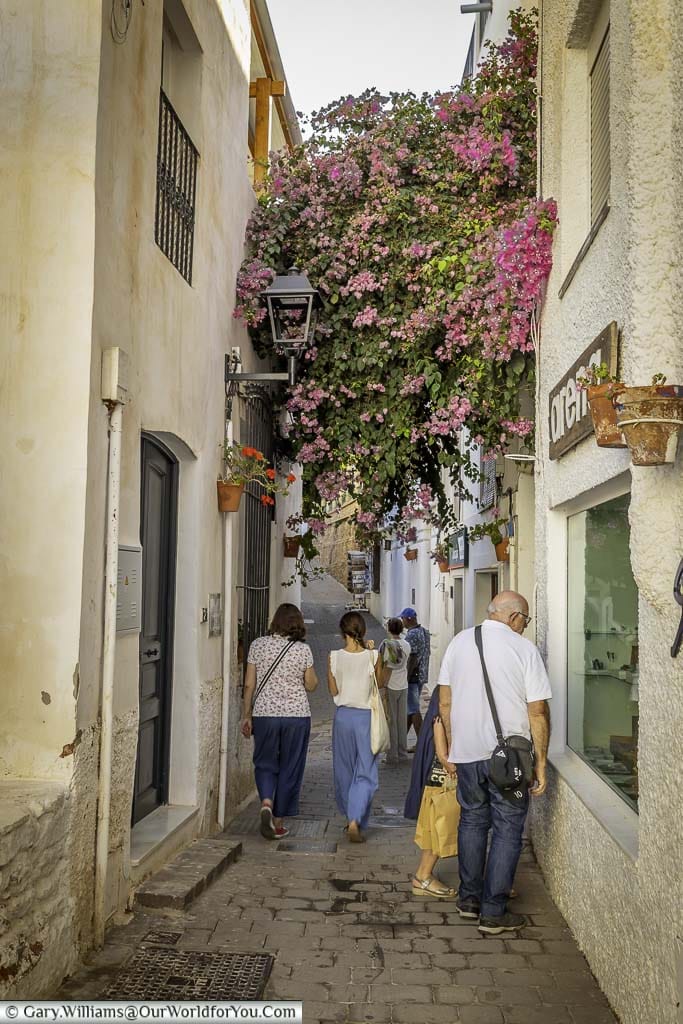
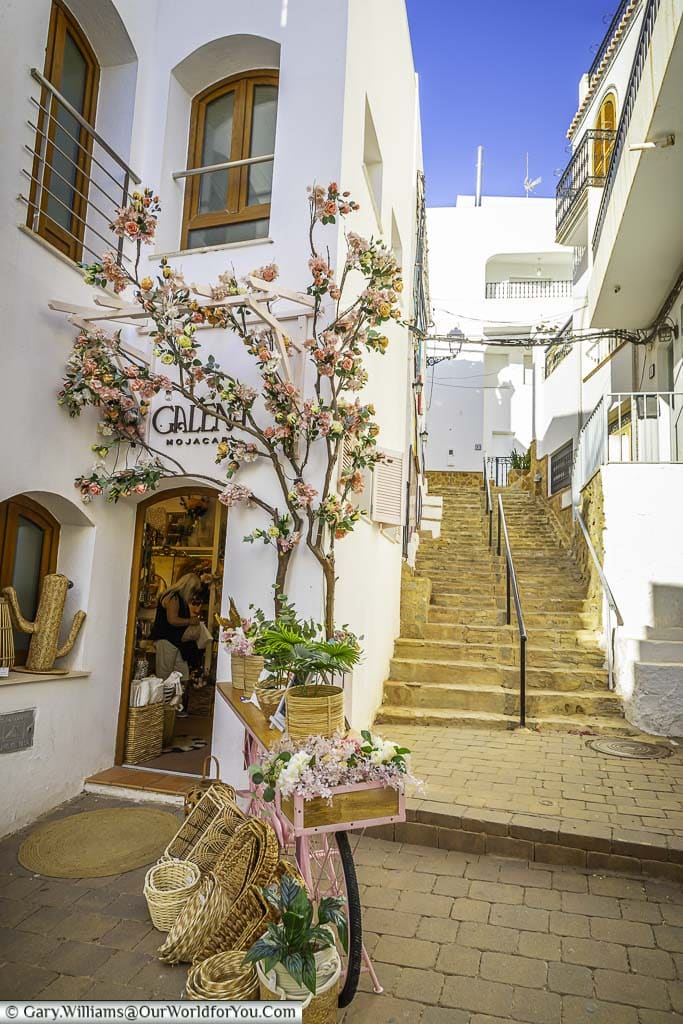
Tempted to?
Discover more of historic Spain and tour its picturesque countryside in the north, or head south to explore the Sierra Nevada National Park just south of Granada.
You can do it all on a road trip; Rental Cars searches multiple well-known car hire brands and discovers the deals that suit you the best.
Mojácar public fountain
The heart of daily life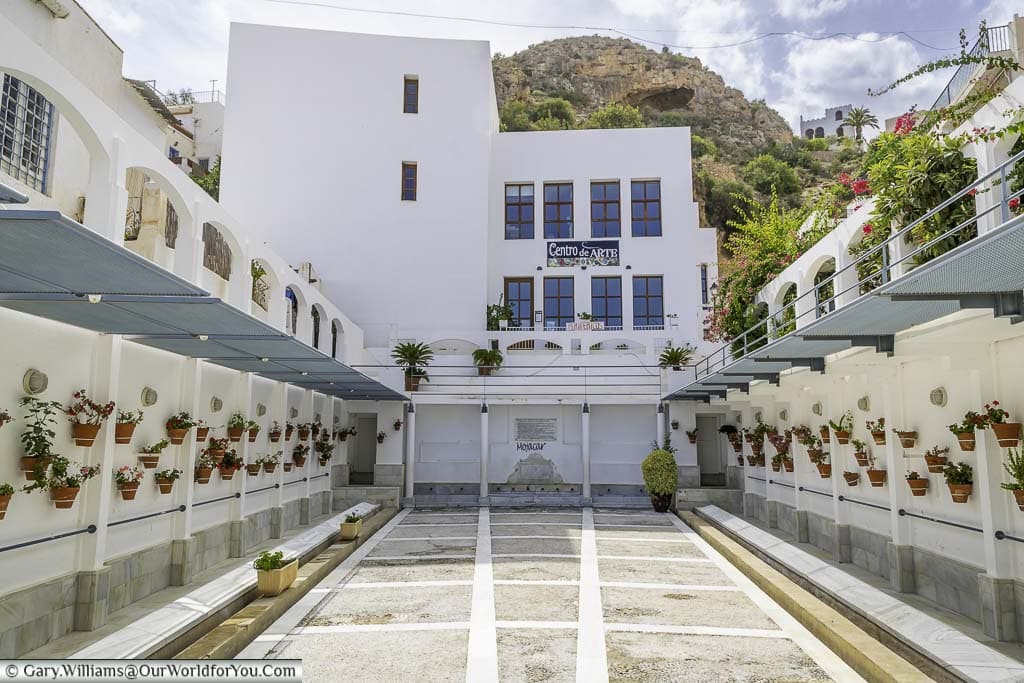
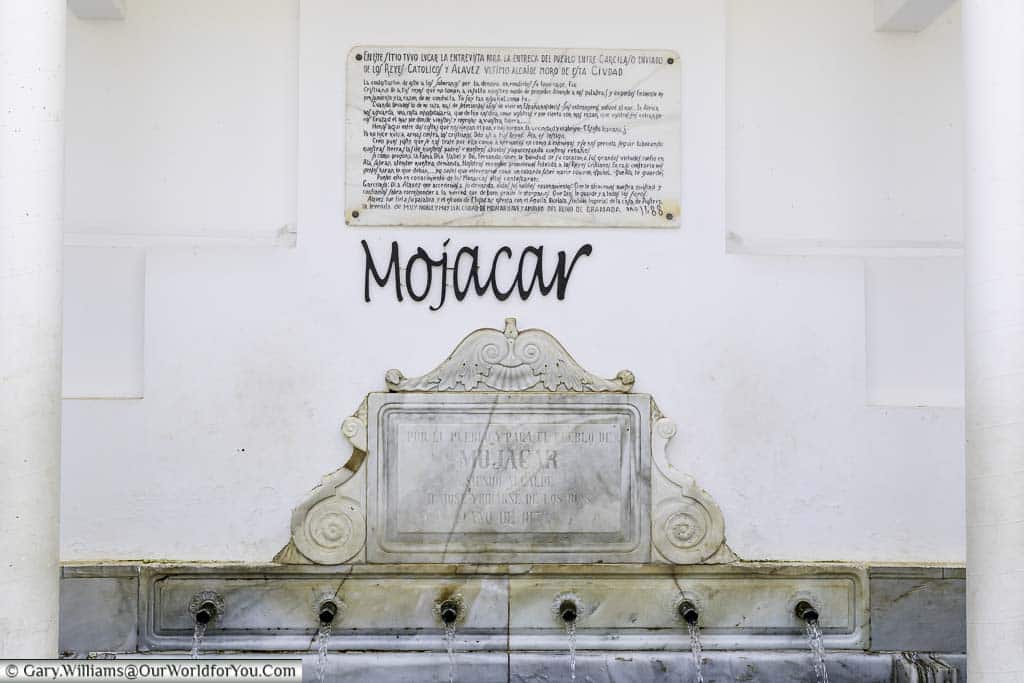
The waterspouts are still in use today; however, in centuries past, the ladies of Mojácar would have filled large pitchers with water and carried them home on their heads. The Mojácar public fountain was later used as a laundry, and the ladies used their feet to wash the clothes.
As you can imagine, these public fountains would have been an important necessity to the village and quite a hub for discussing the goings-on in daily life.
Just nearby by the public fountain are the ruins of an old mill.
Tourist Information
A short road trip from Mojácar
Discover the Templo Hippie de ÁngelFor something a little different, let’s go in search of the little-known ‘Templo Hippie de Ángel’, just north of Carboneras.
We head south out of Mojácar Playa along the coastal road AL-5107, this is a stunning route to follow as the views across the Mediterranean Sea are incredible. This route will also navigate you onto the roads through the Cabo de Gata-Níjar Natural Park.
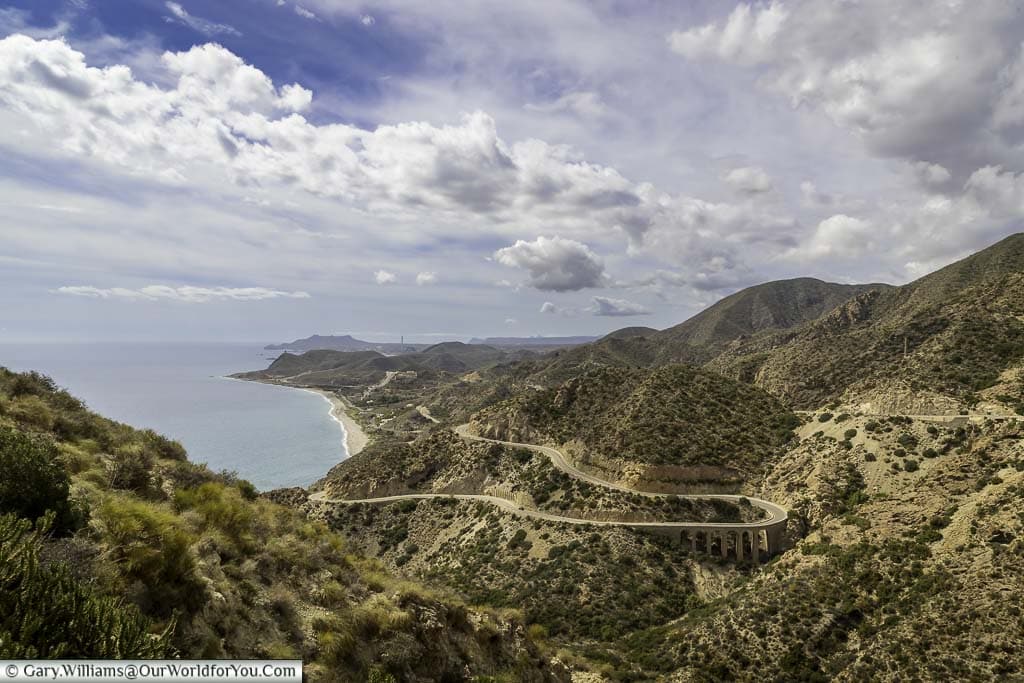
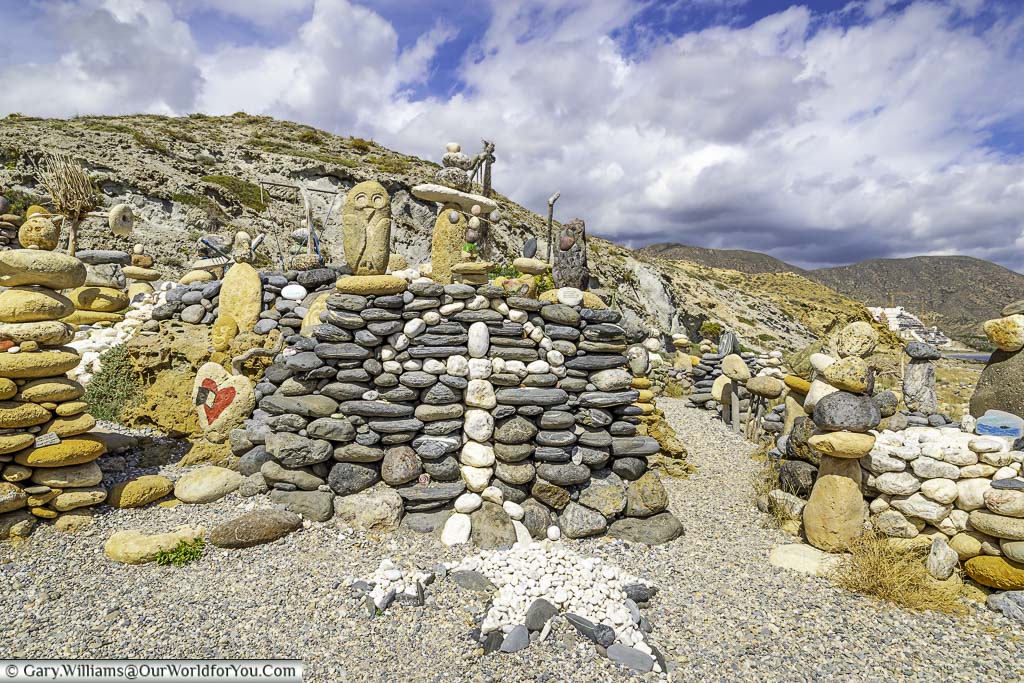
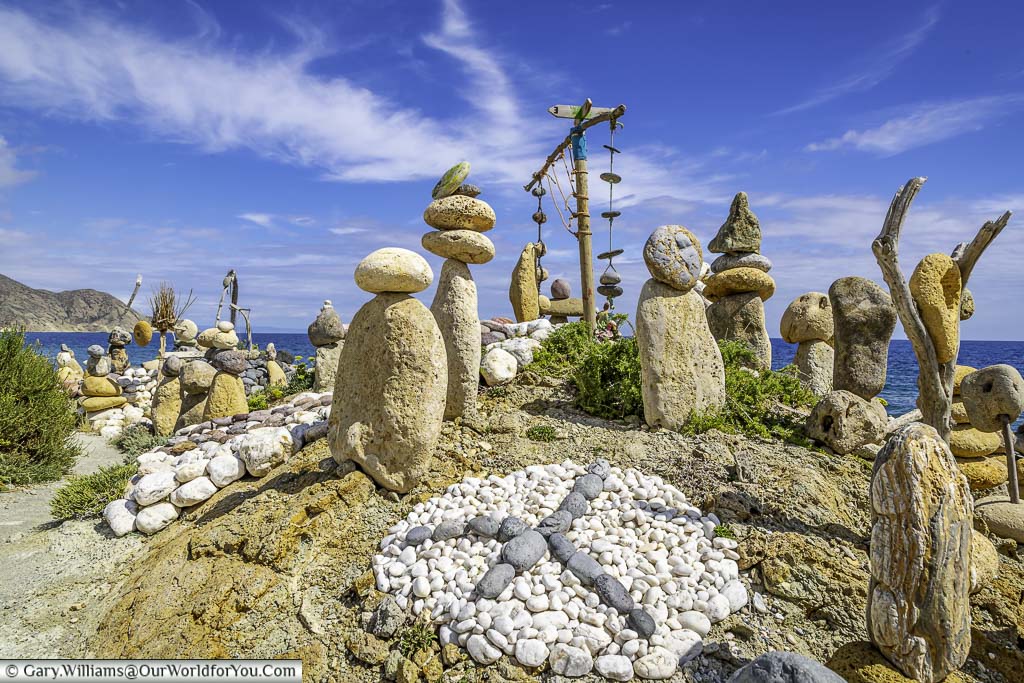
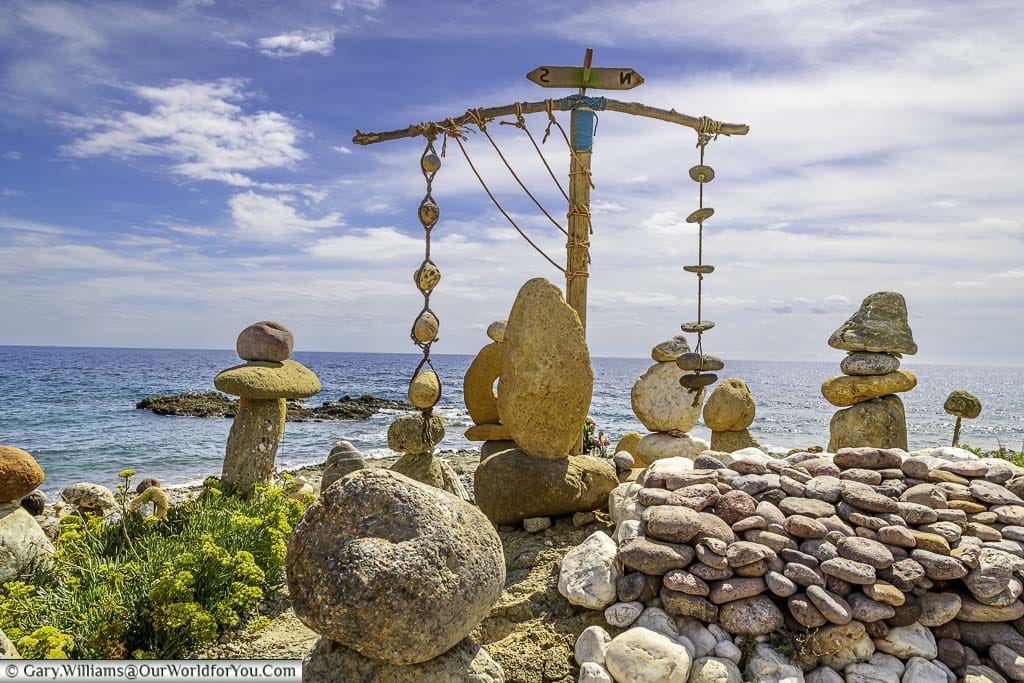
This artistic modern-day temple is just a beautiful place to be; you’ll undoubtedly see the nod to Mojácar depicting the historic Indalo man.
Every day, more and more people visit and place stones at this sanctuary to create a little symbol of peace for themselves. Take time to wander around and enjoy the time and effort that has been given to this lovely place.
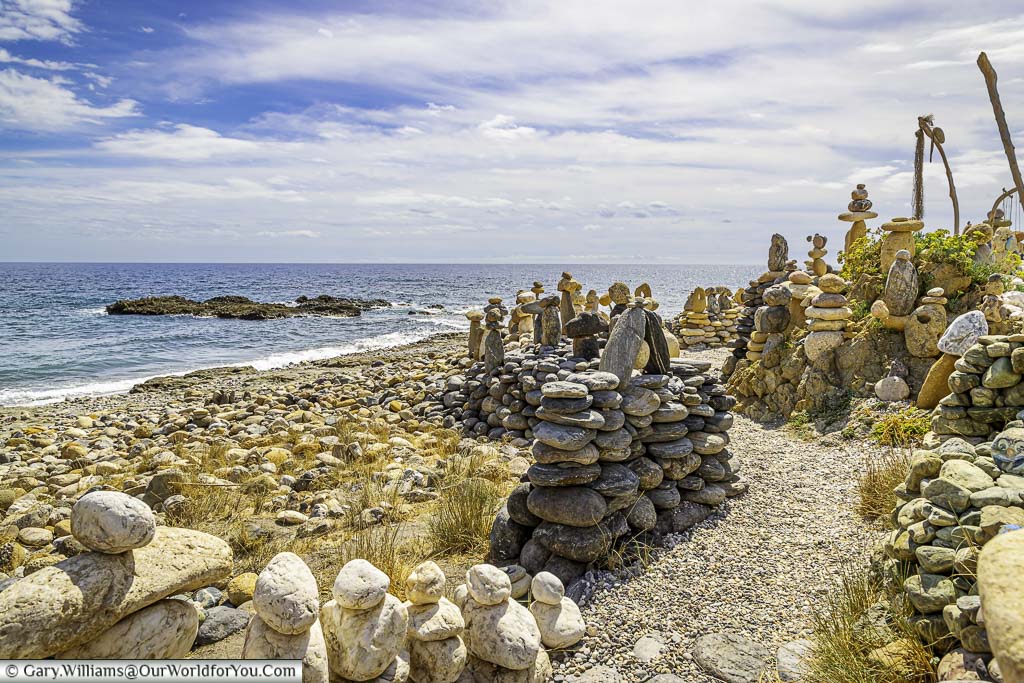
There are so many incredible places to discover in Spain and I love planning road trips. I often use the DK Guides,
I find them extremely informative, easy to follow and the pictures and maps tempt you into searching for more
Why not check out...
* This post may contain links to affiliated sites where we earn a small commission at no additional charge to you.
